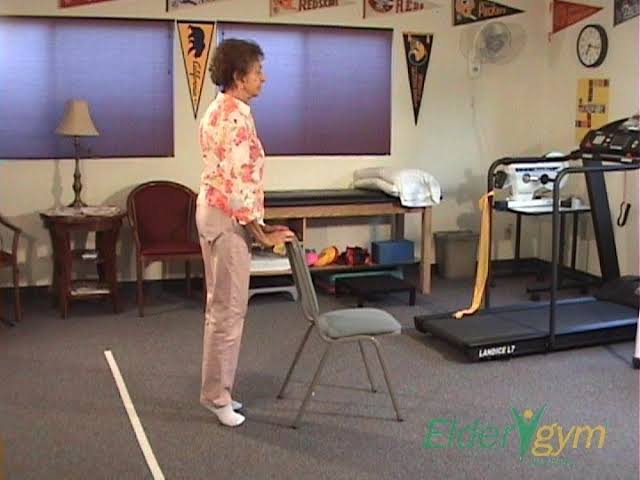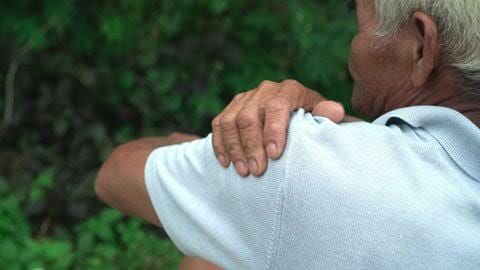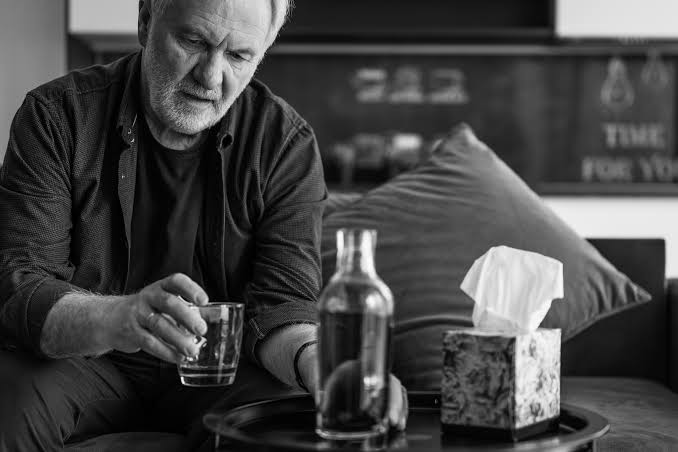The Hike Forever Fitness Plan: Age 65 & Up
Are you in your 60s and still want to stay healthy and enjoy the great outdoors like hiking? Lovely!
I admire alot those people who shows some sort of connectivity to the nature. And in the age when people start to live in their past you are still eager to make a beautiful future.

Hiking in the 60s and beyond, is not just possible but it’s highly beneficial for your physical and mental well-being.
The Hike Forever Fitness Plan for 65 and up is a comprehensive and sustainable approach to staying healthy, and active and enjoying the great outdoors for years to come. This fitness plan focuses on three key pillars: physical activity, nutrition, and mental well-being.
Physical Activity
The exercises in this article will help seniors to build strength, flexibility, and balance, all of which are essential for an enjoyable and safe hiking experience.
But remember, the key to successful hiking in your 60s is gradual progression. Listen to your body and don’t push yourself too hard too fast. Consistency is your friend, so make exercise a regular part of your routine.
You don’t need to add all these exercises to your routine but you can add any of these according to your will and wish.
Walking

The foundation of any hiking preparation regimen is walking. Start with short, strolls in your neighborhood or a local park. As I told you are in your 60s so don’t try to push your limits. Gradually increase the duration of your walks as your stamina improves.
Benefit
Aim for at least 30 minutes of brisk walking on most days of the week to build your cardiovascular fitness and leg strength.
Leg Raises

- Stand behind a sturdy chair and hold the backrest for balance.
- Slowly lift one leg straight behind you while keeping it straight.
- Hold for a few seconds, then lower it down.
- Repeat for the other leg.
Benefits
This light exercise strengthens the hip and thigh muscles, which are crucial for maintaining balance and stability on uneven terrain during hikes. Improved hip strength also helps prevent falls, especially when navigating rocky or sloped paths.
Seated Marching

- Sit on a stable chair with your feet flat on the floor.
- Lift one knee as high as you can, then lower it.
- Alternate between legs.
- Do 10 to 12 reps
Benefit
Seated marching enhances leg strength and flexibility and makes it easier to lift your legs over obstacles or rocks while hiking.
This exercise also helps maintain the range of motion in the hips and knees, vital for navigating challenging trails.
Calf Raises

- Stand behind a chair or use a wall for balance.
- Slowly raise onto your toes, lift your heels off the ground, and then lower them back down.
- Repeat it for 1 minute
Benefits
Calf raises target the calf muscles, which play a crucial role in maintaining balance and preventing ankle injuries on uneven hiking terrain. Strong calf muscles are especially beneficial for uphill climbs and descents.
Hip Circles

- Stand behind a chair for support.
- Lift one leg to the side, then move it forward, across, and finally behind your other leg, making a circular motion.
- Repeat in both directions.
Benefits
Hip circles improve hip flexibility and mobility, which are essential for maintaining balance while stepping over roots, rocks, or other obstacles on the hiking trail. They also help prevent hip stiffness, allowing for a more comfortable and enjoyable hike.
Shoulder Rolls

- Stand or sit with your arms at your sides.
- Slowly roll your shoulders forward in a circular motion for 10-15 seconds, then reverse the direction.
Benefits
Shoulder rolls reduce tension and improve shoulder mobility, which can be particularly useful when carrying a backpack or daypack during hikes. Relaxed shoulders can lead to better posture and reduced strain.
Tai Chi or Yoga

Consider enrolling in Tai Chi or yoga classes designed for seniors. These practices promote balance, flexibility, and mindfulness, all of which are invaluable for enhancing your hiking experience.
Benefits
Tai Chi and yoga improve overall balance, flexibility, and core strength. These practices enhance your ability to navigate challenging terrain with grace and confidence, reducing the risk of injuries on the hiking trail.
Nutrition
A diet plays a pivotal role in ensuring a healthy and enjoyable hiking experience in your 60s. Keep it balanced, stay hydrated, and plan your meals and snacks wisely.
Don’t forget about fiber, probiotics, and supplements when needed. Start with a hearty breakfast to kickstart your energy levels. Whole-grain cereals, oats, or whole-wheat toast is normally considered as the best option.

Also add some fruits, like bananas or berries, in your diet for a vitamin boost. And don’t forget a good source of protein, such as Greek yogurt or eggs, to keep you feeling full and energized.
Motivation
Hiking requires a reasonable level of physical fitness, which declines with age. So here motivation serves as the driving force to engage in regular exercise and maintain an active lifestyle, preparing the body for the demands of hiking.
Staying motivated to hike improves mood, reduces stress, and enhances cognitive function, fostering a positive outlook on life.

So to stay motivated establish achievable hiking goals tailored to your fitness level and abilities.
And If possible do a partnership with a friend or family member. Because hiking together fosters a sense of shared accomplishment.
Remember that motivation ebb and flow. It’s normal to have days when you feel less inspired, but by employing these strategies and focusing on the benefits of hiking, you can maintain a high level of motivation and continue to enjoy this rewarding outdoor activity well into your 60s and beyond.


